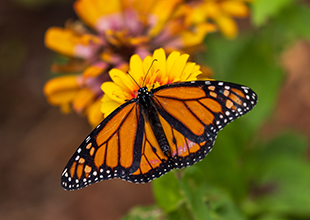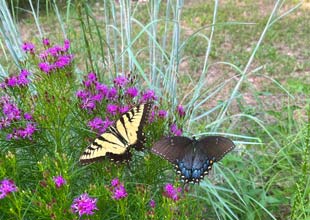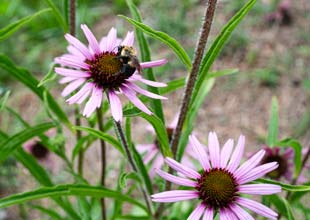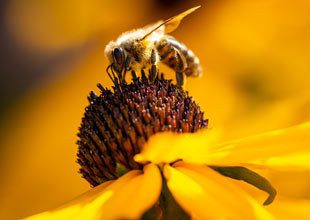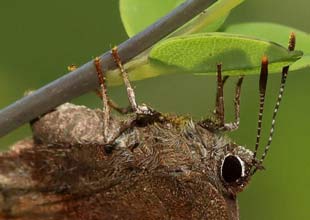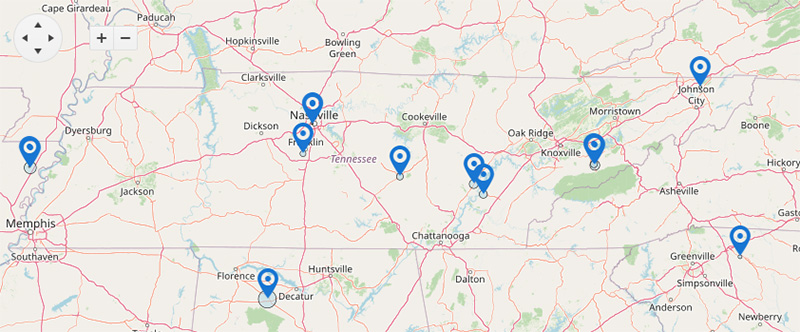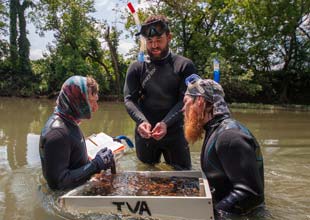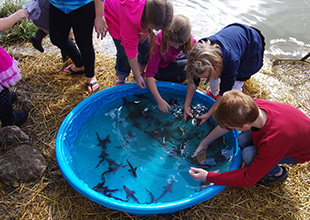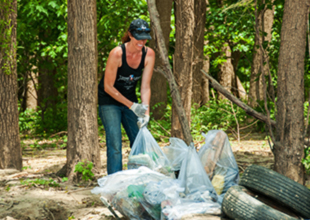Pollinators
Pollinators like bees and butterflies are critical to the health of our ecosystems and essential to producing many of the foods we love.
Pollinators are responsible for as much as one third of food we consume! Unfortunately, populations of pollinating insects are declining and some formerly common species are now at risk of extinction. There are many reasons for pollinator decline, but habitat loss is one key factor.
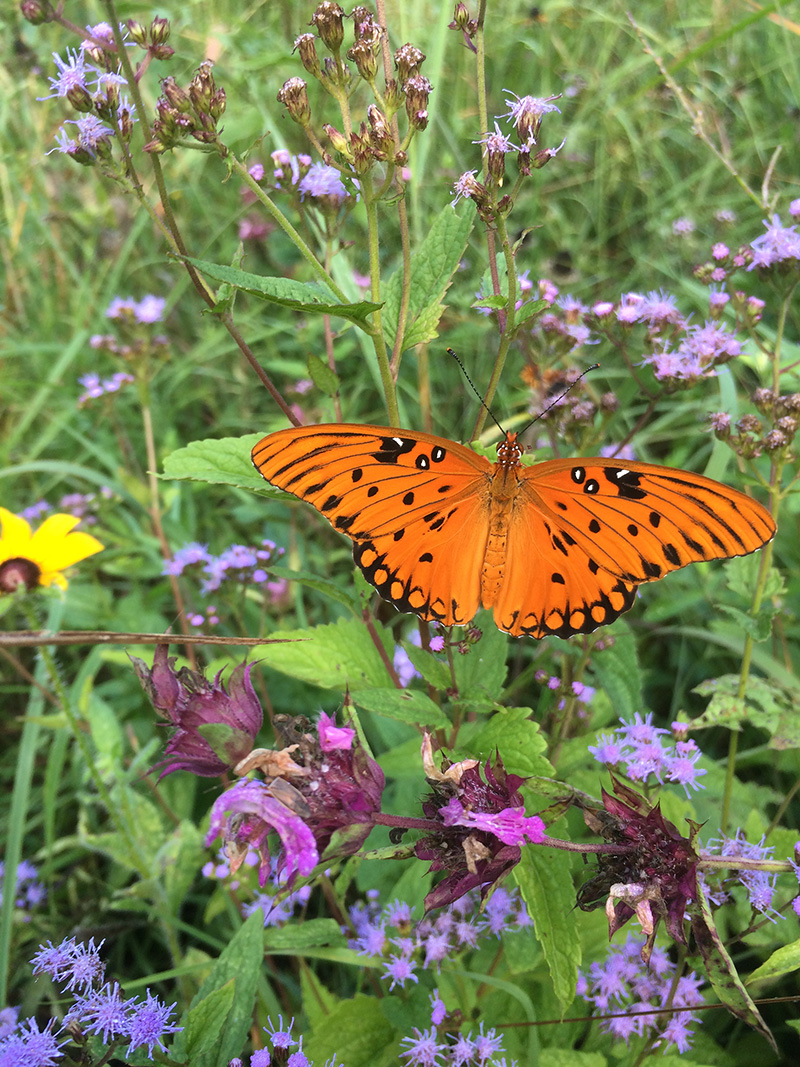
Gulf fritillary
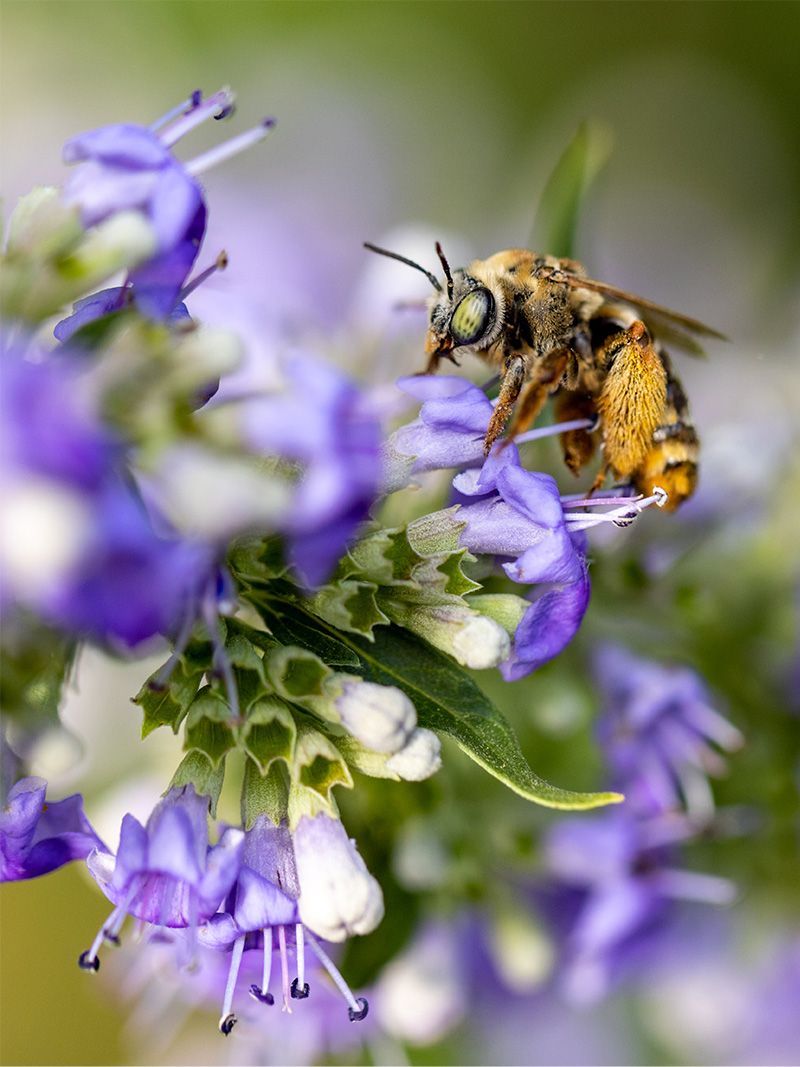
Long-horned bee
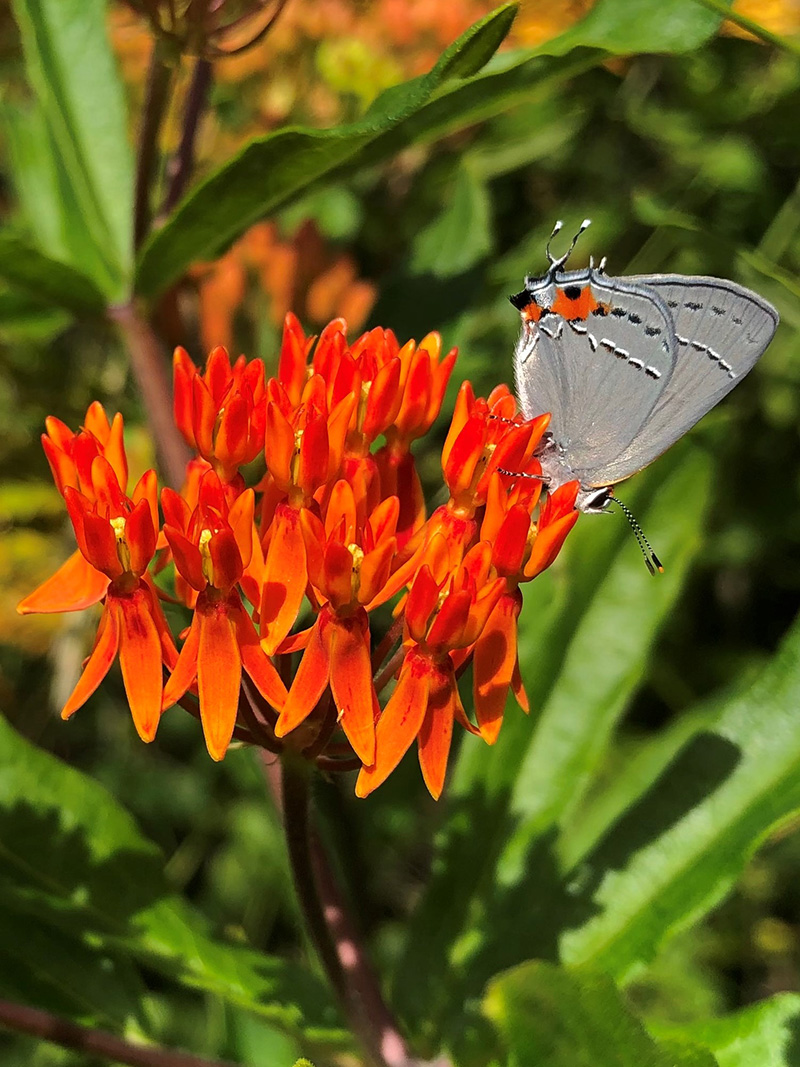
Gray hairstreak
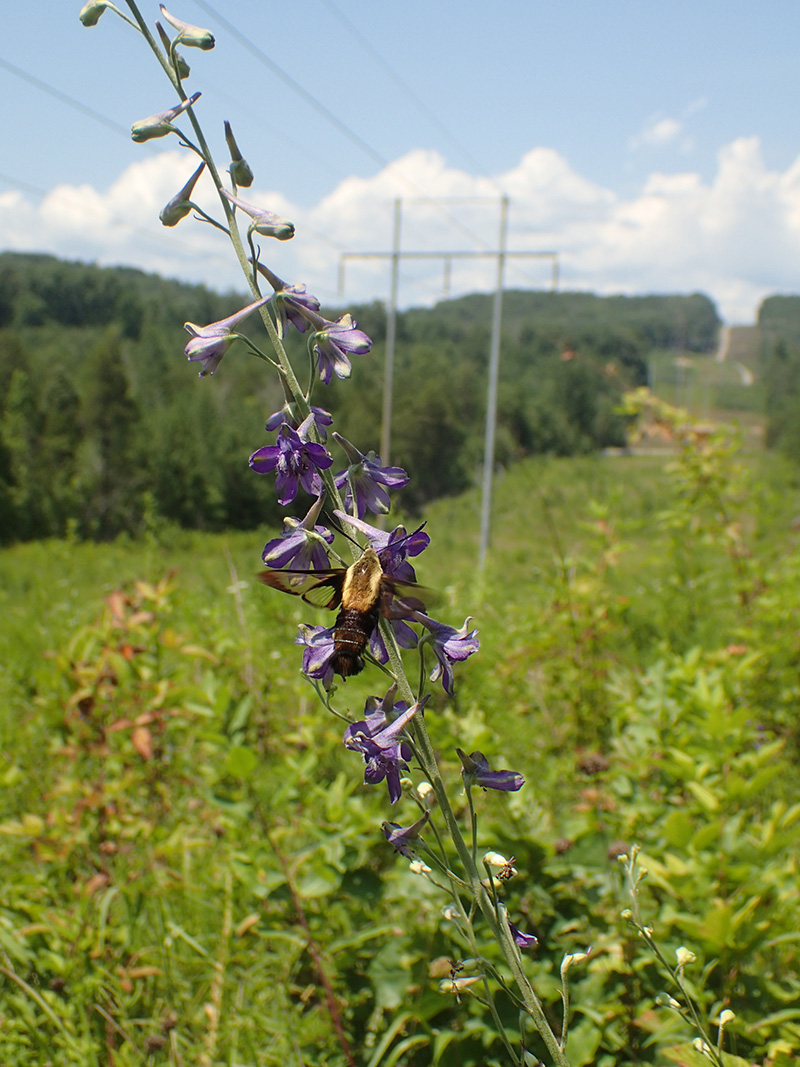
Hawkmoth
TVA is playing an important role in slowing or even reversing this decline by encouraging native wildflowers and grasses on transmission line rights of way and other lands. Specifically, we create and maintain habitat for pollinators by:
- Using integrated vegetation management, including selective use of herbicide, to clear trees from transmission line rights of way
- Managing grasslands on TVA land for native plants, on which pollinators depend
- Planting wildflowers native to the TVA service area on sites that were previously mowed turf grass
Pollinator News
Think Like a Butterfly
How do monarchs see the world? Award-winning model ranks top TVA habitats for at-risk butterflies.
Plant a Pollinator Paradise
Top tips for growing native plants that attract birds, bees and butterflies.
Celebrating Winged Superheroes
TVA Natural Resources joins UT Gardens in generating a buzz about pollinator insects during National Pollinator Week.
Aiding Our Pollinator Friends
Look for a "Pollinator Habitat" sign next time you visit a TVA park of right-of-way. Pollinator areas provide a home for a variety of vital native species including bees, moths, beetles and butterflies.
Into Elfin Territory
A father-son duo's discovery of frosted elfins, an endangered butterfly species, in a TVA right of way area is helping lead the way to grassland conservation efforts.
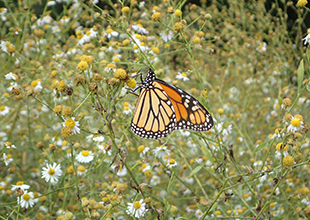
Power Line Rights-of-Way: A Haven for Disappearing Grassland Ecosystems?
Transmission line rights of way can be great habitat for pollinators! A three-year study found TVA rights of way supported 13-16 times more bees than the surrounding forest. From EPRI Journal.
From the Field
Systems Operation Center
Learn how TVA incorporated biodiversity into a large construction project by preserving a meadow habitat for the bees, birds and butterflies.
Collective Efforts
Click to view a live map and the pollinator dashboard.
TVA participates in Electric Power Research Institute’s (EPRI) Power-in-Pollinator initiative, which collects information about what various utilities are doing on-the-ground to protect pollinators in order to show the collective result of these efforts.
View a map, photos and details of these pollinator projects on the EPRI Pollinator Stewardship Dashboard. Note: To only view TVA's projects, filter the Company by "Tennessee Valley Authority".
How You Can Help
- Plant native flowers that attract bees, butterflies and moths
- Reduce use of chemicals on your property
- Select native plants in landscaping your lawn
- Buy food products that are habitat friendly (e.g., Bee Better certified)
